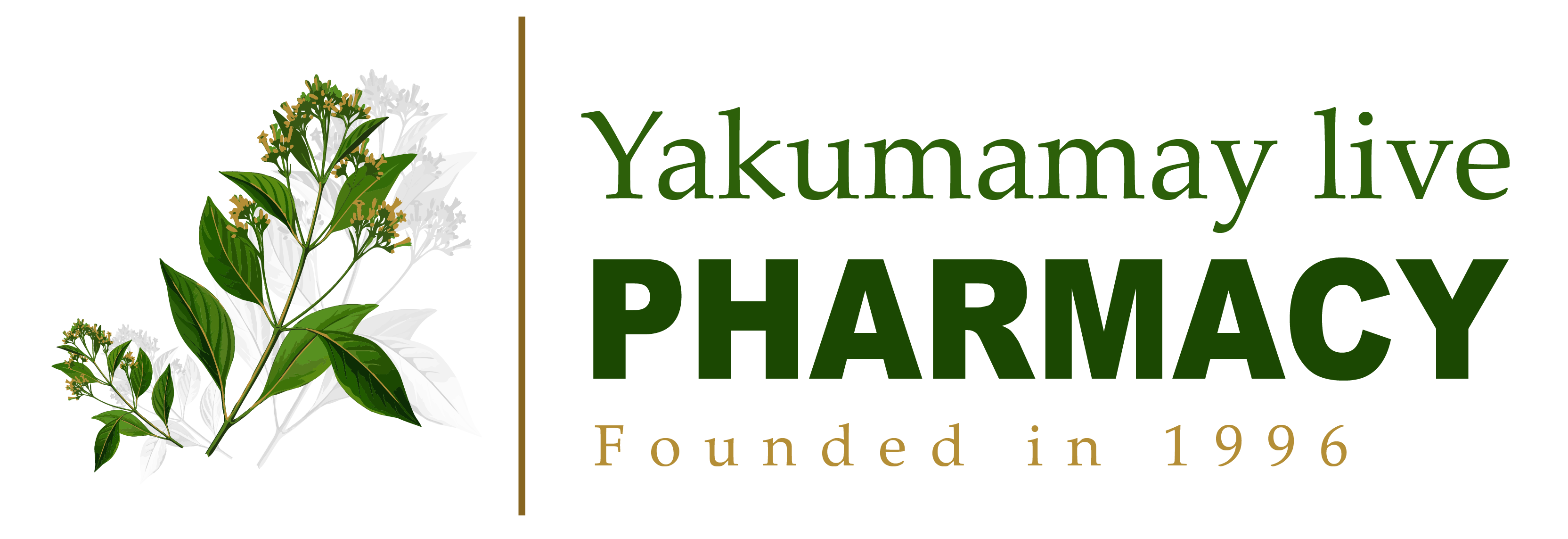Yakumamay live
History of the Reserve
In 1996 the people of Triunfo and Nuevo Triunfo voted unanimously to establish a forest reserve on the communities’s land. This decision was made with an awareness of the importance of conserving forest resources for future generations and the possibility of welcoming visitors as a means of generating income sustainably. The reserve comprised nine 40-hectare plots which had not yet been allocated and eight plots attributed to Gilber’s family, a total of 680 hectares of primary/old secondary forest. An official surveyor demarcated the boundaries and registered land titles to Yakumamay conservation area.
To enable visitors’ access to the reserve, trails were opened, bridges secured and a traditional house built using communal labour. In 2003, Gilber Chufandama Tapullima approached the Ministry of Agriculture to ensure protected access to the state-owned forest, which lay beyond the boundaries of the Yakumamay conservation area. Gilber succesful gained the support of INRENA (Office of Natural Resources), and in 2004 conservation status was granted to a further 5000 hectares. This area, however, became included in the newly formed Allpawayo Mishana reserve of the Peruvian Amazonian Research Institute, extending to the Nanay river. Paths have been widened and shelters built to facilitate river access.
In the past two centuries, the Yakumamay area was protected from exploitation by its distance from the Nanay and Itaya rivers and rough trail access. In 1997, work began to construct the Iquitos-Nauta Road, which opened the surrounding forests to exploitation by settlers. The abundant wildlife that the first settlers encountered has been affected by hunting and slash-and-burn agriculture along the new road, but it persists in the hinterland. Given the proximity to Iquitos, the reserve has an unexpected diversity of flora and fauna, including tapirs, peccaries, jaguars, monkeys, giant otters and small caimans.
One notable feature of the Yakumamay reserve is the abundance of ‘colpas’. These are watering holes and salt licks where various animals come together and can be observed from tree platforms. Old canopy trees (palos abuelos) are still found undisturbed. This is unexpected given the proximity to Iquitos and adds to the importance of creating a logging-free zone.
